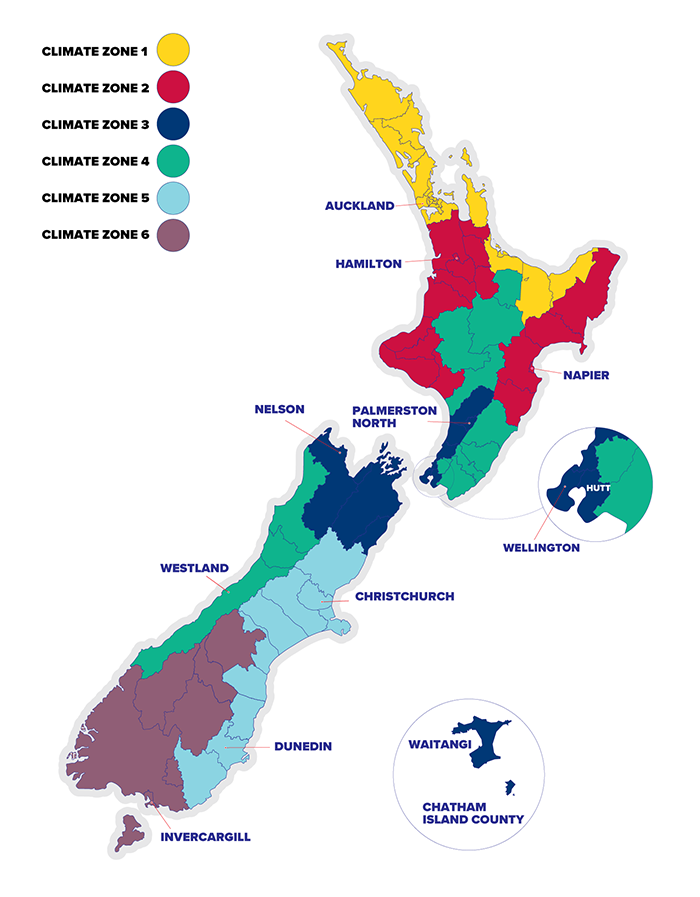What a positive construction outlook in New Zealand (NZ) to start 2024!
As indicated by the CoreLogic Cordell Construction Cost Index (CCCI), construction costs are rising at the slowest rate in seven years as the heat comes out of the residential sector.
See construction costs and outlook trends.
What is the Cordell Construction Cost Index?
The Cordell Building Indices (CBI) are a series of construction industry index figures that are used to
monitor the movement in costs associated with building work within particular segments of the industry.
The CBI indicates the rate of change in prices within particular segments of the New Zealand construction industry. The changes in prices are measured daily through the use of detailed cost surveys, and are reported on a quarterly basis. This ensures the most current and comprehensive industry information available.
Each index is based on a combination of labour, material, plant hire and subcontract services required to construct buildings within the particular segment being measured. The CBI measures the change in the cost of constructing buildings, and as such do not provide the actual costs.
The indices are based on a comprehensive collection of labour, material, plant hire and subcontract
costs covering all major trade categories within the segment being measured.
Each of the trade categories contains labour, material and plant hire costs combined in typical
proportions required to construct the various types of buildings commonly found within each segment.

Here are some notable trends and considerations you should know when looking to build a new home in 2024:
1) Slower Growth in Construction Costs
The construction industry is experiencing a slowdown in cost increases, with the rate of growth at its lowest point in seven years. In the fourth quarter of 2023, construction costs rose by 0.8%, slightly higher than the previous quarters but still below the long-term average.
2) Cooling Residential Building Sector
The residential building sector is cooling, contributing to the deceleration in construction costs. The industry is facing less pressure on overall capacity compared to the peak at the end of 2022, suggesting a more balanced market.
3) Material Supply Chain Dynamics
Material supply chains are easing, with stabilising timber prices and even modest falls for metal products. This could positively impact construction projects, as the availability and affordability of materials are crucial factors in cost management.
4) Industry Pressure Reduction
The industry is currently experiencing less pressure, and builders are not as over-stretched as they were at the end of 2022. This suggests a more manageable workload for construction professionals, potentially leading to improved project timelines and quality.
5) Potential Impact of Net Migration
The surge in net migration may help restrain the pace of wage growth in the construction sector. This could be a factor in controlling overall cost growth, as salaries constitute a significant portion of the total cost of a new build.
6) New Dwelling Consents and Future Supply
The decline in new dwelling consents suggests a softer phase of activity that could persist. However, demand incentives, such as lower deposit requirements for new-build properties, could encourage developers to continue bringing forward new projects. Increasing housing supply is seen as essential for controlling housing affordability in the long run.
Overall, the current outlook suggests a more stable and balanced construction environment, providing an opportunity for prudent planning and strategic decision-making.
In a nutshell, it’s the perfect time to start your new home building journey.
Our team are always happy to answer any questions you have when it comes to designing and building your new home. Contact us today,
Read more here:
https://www.stuff.co.nz/business/133542346/construction-cost-increases-hit-7year-low-as-residential-building-sector-continues-to-cool
https://www.corelogic.co.nz/news-research/reports/cordell-construction-cost-index

